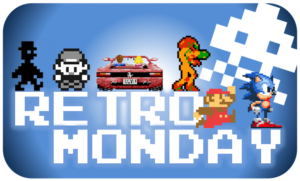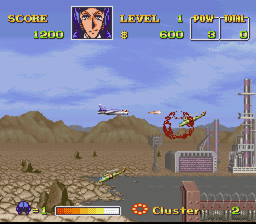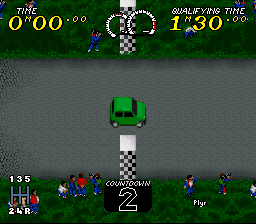 Tomba! was a platforming game made by Whoopee Camp and published by Sony for the PlayStation 1. Releasing in Japan in 1997, it was 1998 that we in the UK got the game but it was called Tombi! not Tomba!.
Tomba! was a platforming game made by Whoopee Camp and published by Sony for the PlayStation 1. Releasing in Japan in 1997, it was 1998 that we in the UK got the game but it was called Tombi! not Tomba!.
I looked online for a little while and I saw that Tomba is Italian for grave and that may be the reason for the title change.
The game was picked by GRcade in a poll of three games that were selected by Jeffyard.
I have little knowledge of Tombi, very little. The only time I can remember seeing it was one year at Awesome Games Done Quick, and some guy asked another guy if he would basically shut up. Well, as I found out on during this stream that was Tomba! 2, so my experience was with the wrong game anyway.
The game centres around a young boy, named Tombi. Described as a pink-haired feral boy, you started the game to try and find your grandfather’s bracelet that was stolen by the Evil Pigs. You’ll get to see a lovely animated cutscene at the start for that. Travelling around you’ll come across a variety of friends and things to collect (and this was in only around 1 hour of play time).
The gameplay is a little different to your standard platformer – you don’t just run along and jump on the enemies and then carry on running. In this there are more platforms in the background, and there are then places you can jump onto a wall in the background and climb it, and then explore the area. It seems to be like that for a fair whack of what I played – you even climb a pretty big set of walls and platforms at one point to find an old guy. Enemies are defeated in several ways: you can either hit them with a weapon which will kill them dead when fully charged, or incapacitate them, when not charged. When incapacitated you can jump on them and grab ahold, press jump again and you jump up with them and throw them. They will die and if hitting another enemy take them out too. I must add, you don’t have to hit the enemies you came across to grab ahold of, but it can make it easier than jumping on them while they are moving. It’s the unique fun of this play style that has me itching to play more.
Musically it’s also lovely. The sound effects pack a punch and the music has a kind of whimsical, upbeat colourful feel.
I’ll say now, that I plan to play more of this. I’m eager to get back to it – there’s something about it that just calls to me. It’s colourful, fun, cheery and plays extremely well, and even as I’m writing this I just want to get back to the game.
Verdict: Highly Recommend
[youtube https://www.youtube.com/watch?v=Jzfv_2NIeT8]
If you’d like to take part in voting for the games or even picking the games yourself, take yourself over to the GRcade forums and pop into the Retro Monday thread and just post to show your interest. Not just that, you can watch the gameplay live over on Twitch where it’s streamed at 9pm on a Monday evening.


 If you were a big fan of Capcom then the SNES was definitely the machine for you to get your arcade fix on back in the day. If you have
If you were a big fan of Capcom then the SNES was definitely the machine for you to get your arcade fix on back in the day. If you have 
